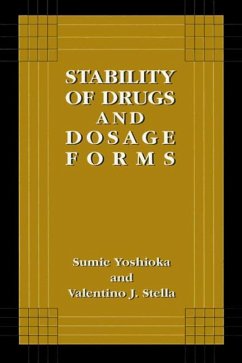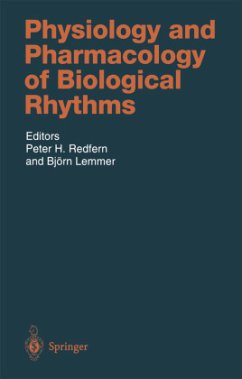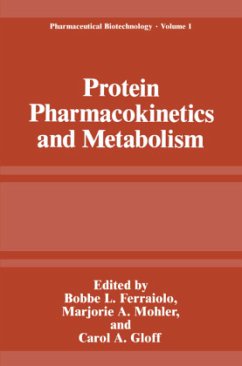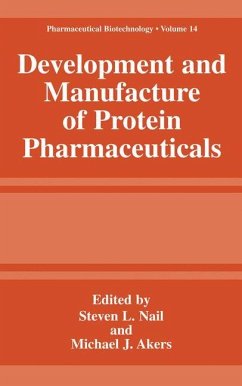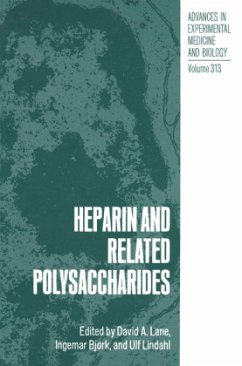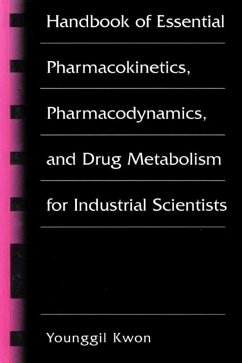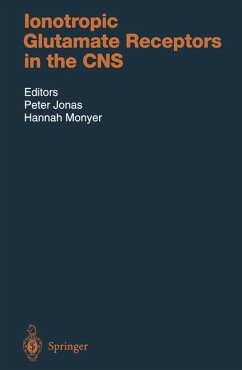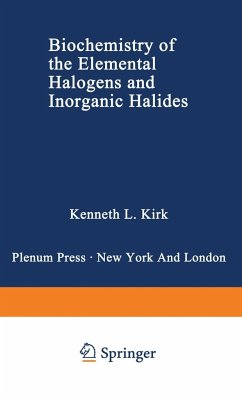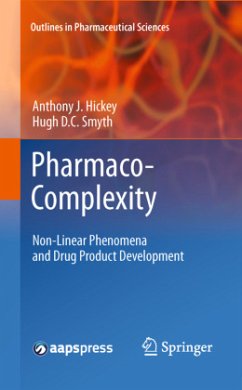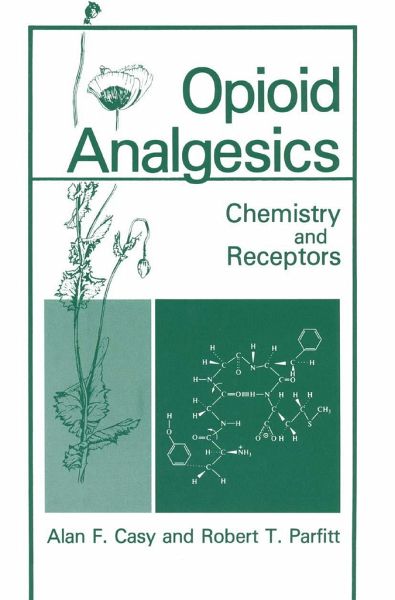
Opioid Analgesics
Chemistry and Receptors
Versandkostenfrei!
Versandfertig in 1-2 Wochen
214,99 €
inkl. MwSt.
Weitere Ausgaben:

PAYBACK Punkte
107 °P sammeln!
The rapidly burgeoning research of the past two decades on agonist-antagonist analgesics and opioid receptors makes this exhaustive review of opioid anal gesics particularly relevant and timely. After an introductory chapter the additional 12 chapters begin logically with morphine and congeners (4- epoxymorphinans) and end with opioid receptors. All principal chemical types of centrally acting analgesics (including endogenous opioid-like substances) and their antagonists as well as the mixed agonist-antagonists are treated thoroughly, although not always (and for good reason) in historical (ch...
The rapidly burgeoning research of the past two decades on agonist-antagonist analgesics and opioid receptors makes this exhaustive review of opioid anal gesics particularly relevant and timely. After an introductory chapter the additional 12 chapters begin logically with morphine and congeners (4- epoxymorphinans) and end with opioid receptors. All principal chemical types of centrally acting analgesics (including endogenous opioid-like substances) and their antagonists as well as the mixed agonist-antagonists are treated thoroughly, although not always (and for good reason) in historical (chrono logical) order. A chapter on miscellaneous types (atypical structures for the most part) includes the benzimidazoles (etonitazene), aminotetralins (dezocine), tetrahydroisoquinolines (methopholine), and so on. Important aspects and correlations of chemistry, pharmacology, and biochemistry are discussed in depth. Literature citations are numerous. For educators, practicing laboratory scientists, and physicians, this scholarly review by two authors well of opioid analgesics versed in the chemistry, pharmacology, and biochemistry will be informative, stimulating, and thought-provoking. Everette L. May Medical College of Virginia Richmond, VA 23298 v Preface The history of opium predates the written word, although knowledge of its constituents dates back less than 200 years. Over the centuries its popularity for the relief of pain has waxed and waned, until today the opiates are widely recognized as excellent analgesics but with disadvantages that have impaired their use seriously. There is a clear need for a potent analgesic with minimal effects on the respiratory centers and gastrointestinal tract and preferably devoid of dependence liability.





